5 Proven Ways to Increase Your Website Conversion Rate
Ready to boost your SEO ?
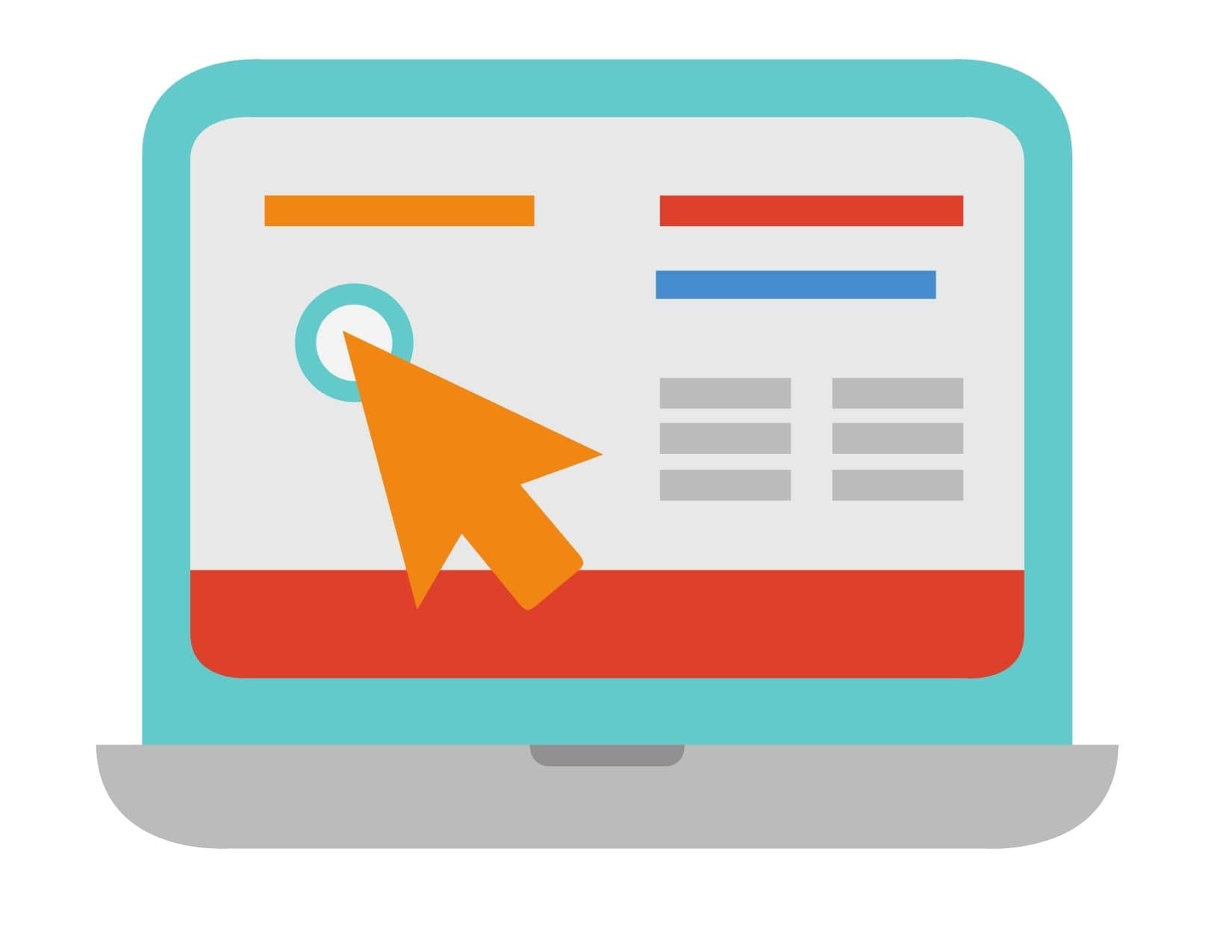
5 Proven Ways to Increase Your Website Conversion Rate
You’ve launched your website and now the leads start pouring in, right? Not so fast! Even the most conversion-friendly website design needs help with conversion rate optimization to encourage visitors to take action on your website. When an anonymous website visitor comes to your website and shows interest in your products or services, they may either call your business directly or fill out a form with their contact information. This visitor becomes a lead and their action is considered a conversion. But to get that visitor to take action on your website you have to offer something of value and make it easy for them to contact you. The average website conversion rate is about 2.35% (conversion rate = conversions divided by website visitors).
Of course, you want a better-than-average website conversion rate right?
Here are 5 proven ways to increase your website conversion rate you can try today.
1. More Offers = More Leads
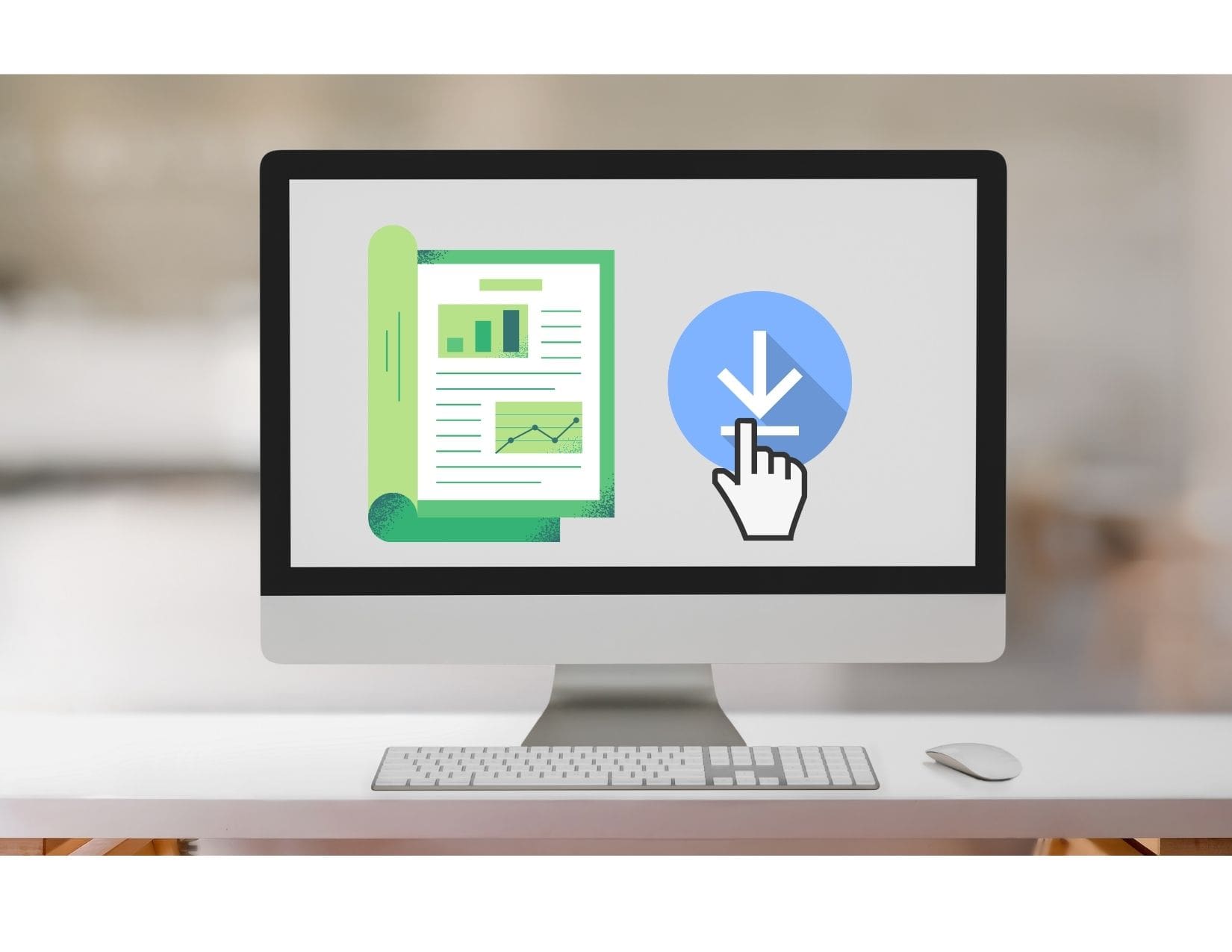
Statistics show that the more landing pages with forms your website has, the more leads you will get. Having a “contact us” form and a phone number is a good start, but the more gated content options you give visitors, the more leads you will get. This is your opportunity to capture their information while they are still doing their research to ensure your company makes it to the final round when they are ready to purchase.
What are some good examples of gated content?
- A recent webinar you’ve recorded
- A report you generate from your own research that prospects will find useful
- A downloadable template you create that includes your branding and contact information
- An email course series based on your expertise
Different visitors will be at different stages of the buying process than others, so make sure you have a gated asset for each stage in their journey.
2. Add Pop ups and Notification Bars to Your Website
If you’re not implementing pop ups you’re missing out on a huge opportunity to grow your leads. While you may have heard people don’t like pop ups, research shows they can boost conversion rates up to 10% and higher.
There are many types of pop ups you can try depending on how you want to engage your visitors. You can place a notification bar (also known as a smart bar) at the top of your site that displays on every page that points to a landing page; a pop up that flies in from the left or right of the page to encourage visitors to sign up for your blog; an exit intent pop up that is triggered when a visitor’s mouse appears to be exiting the page.
The key is to set rules for the pop ups so that they don’t interrupt your visitor’s browsing behavior yet they promote a compelling offer so they won’t leave your site without taking action.
Examples of pop up offers that can boost your conversion rate:
- A discount off their first purchase when they sign up to the blog
- Give away a whitepaper or eBook when they sign up for a newsletter
- Use a teaser pop up to get a sneak peek of a new product or service
- Gain access to an invitation-only webinar you host
Bonus tip: Try testing different types of pop ups and offers to see which ones perform best. And keep an eye on how pop ups affect visitor behavior on mobile devices.
3. Create trust with logos, testimonials, social proof
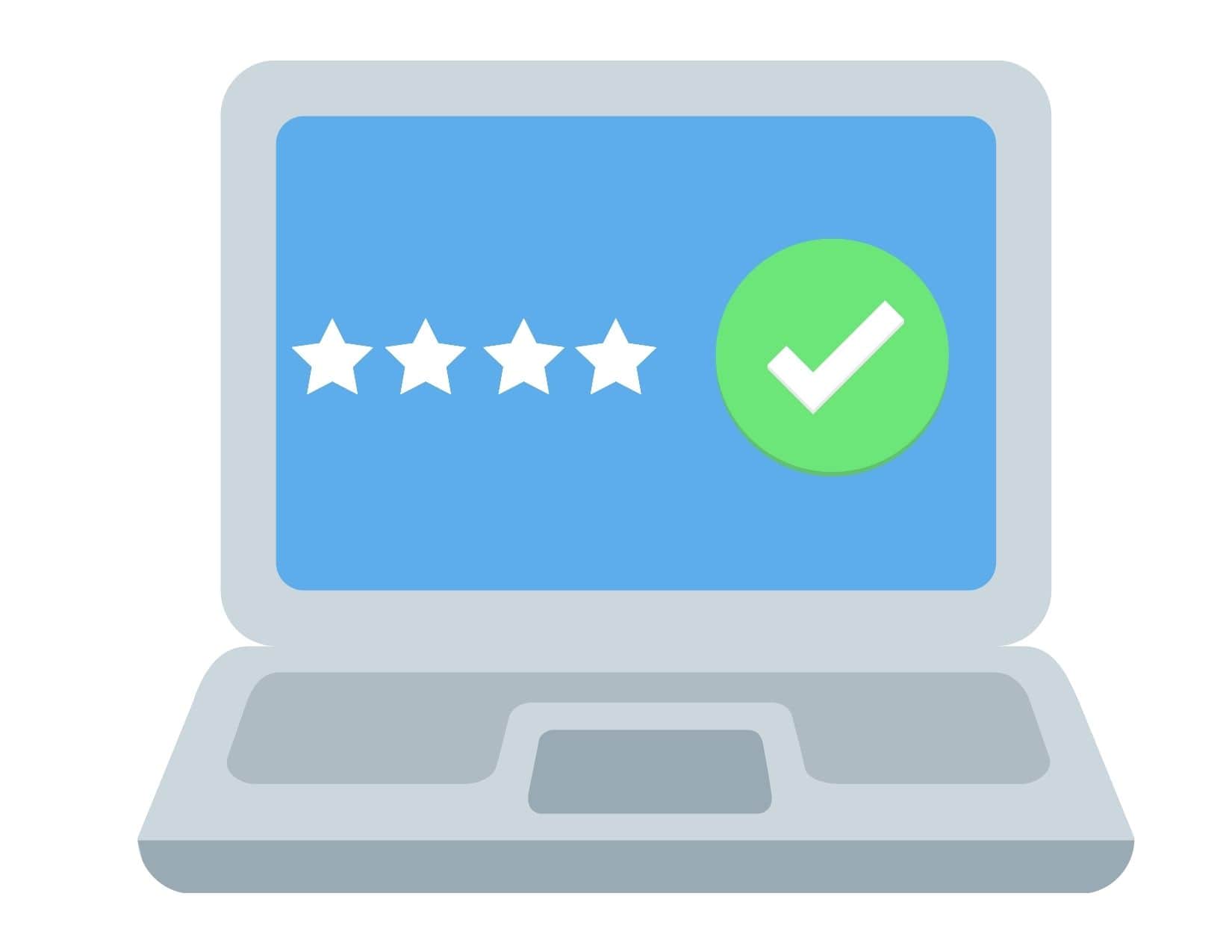
One of the most common reasons landing pages don’t convert is a lack of trust signals. A visitor is less likely to give their contact information without being reassured that a) you won’t sell their information, b) that you are a trusted business, and c) they see evidence that other customers already love your business.
Examples of what to include on your landing pages to improve conversion rates:
- Simple recommendations from real current customers (include name, role, company)
- Trust icons (such as the Better Business Bureau, VeriSign, McAfee, etc.)
- Statistics (such as 4,000 downloads; #1 rated service; 1M followers etc.)
- Industry associations/awards/mentions or well-known partners (Inc 5000, NY Business Association, Entrepreneur.com)
- Social reviews from Yelp, Facebook, Google, etc.
Bonus tip: Don’t crowd your landing page with too much information. Test different combinations of the examples above to see which ones are the most effective in engaging leads.
4. Use Retargeting to Get Visitors Back to Your Site
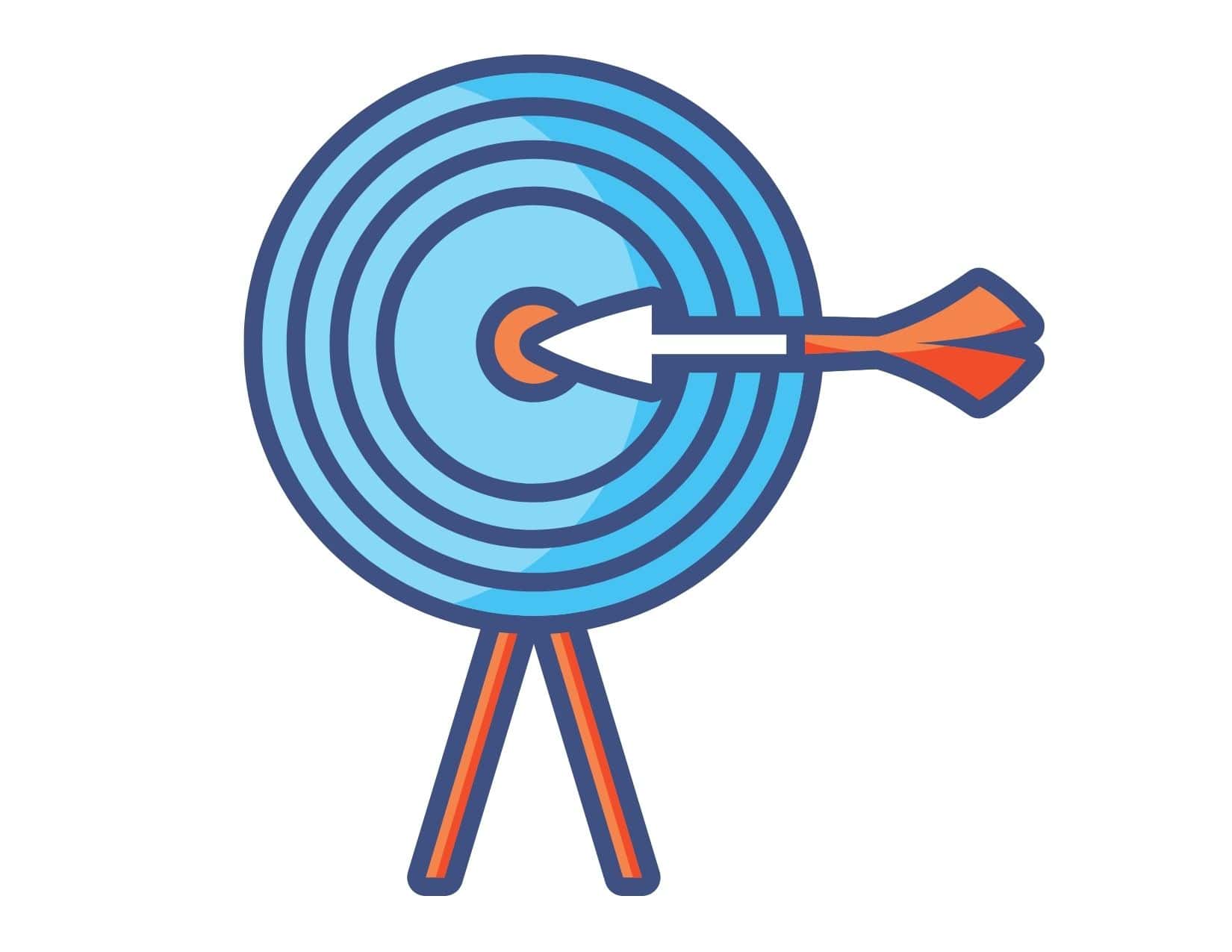
You spend so much time trying to get visitors to your website, what can you do once they leave? Bring them back with retargeting.
Retargeting consists of serving targeted, personalized ads to your website visitors after they leave your site and browse other sites. Retargeting campaigns tend to yield higher-than-average conversion rates since they’ve already engaged with your website and seen your products or services. Although the terms are often used interchangeably, the difference between retargeting and remarketing is retargeting means you are serving ads to visitors who haven’t purchased from you before. Remarketing is when you market to existing customers to encourage them to buy from you again.
You can create retargeting campaigns using Facebook, Google, or another retargeting platform such as Criteo or AdRoll.
Like other pay per click marketing campaigns, you can’t just set it and forget it. Start by analyzing your top 3 most visited pages, and note the messaging for each page. You can then create 3 different ads that mirror and expand upon this messaging for a more seamless experience for your target audience. The key to success is matching the ad to the page and intent, rather than just creating one ad for all visitors to all pages of your site.
Retargeting Best Practices:
- Rotate ad creatives often
- Run ads for at least 3 months for best results
- Cap the frequency for how often ads get served to avoid ad fatigue
- Remember to exclude visitors once they convert
- Keep A/B testing copy, imagery, and headlines
5. Tell Your Website Visitors What To Do
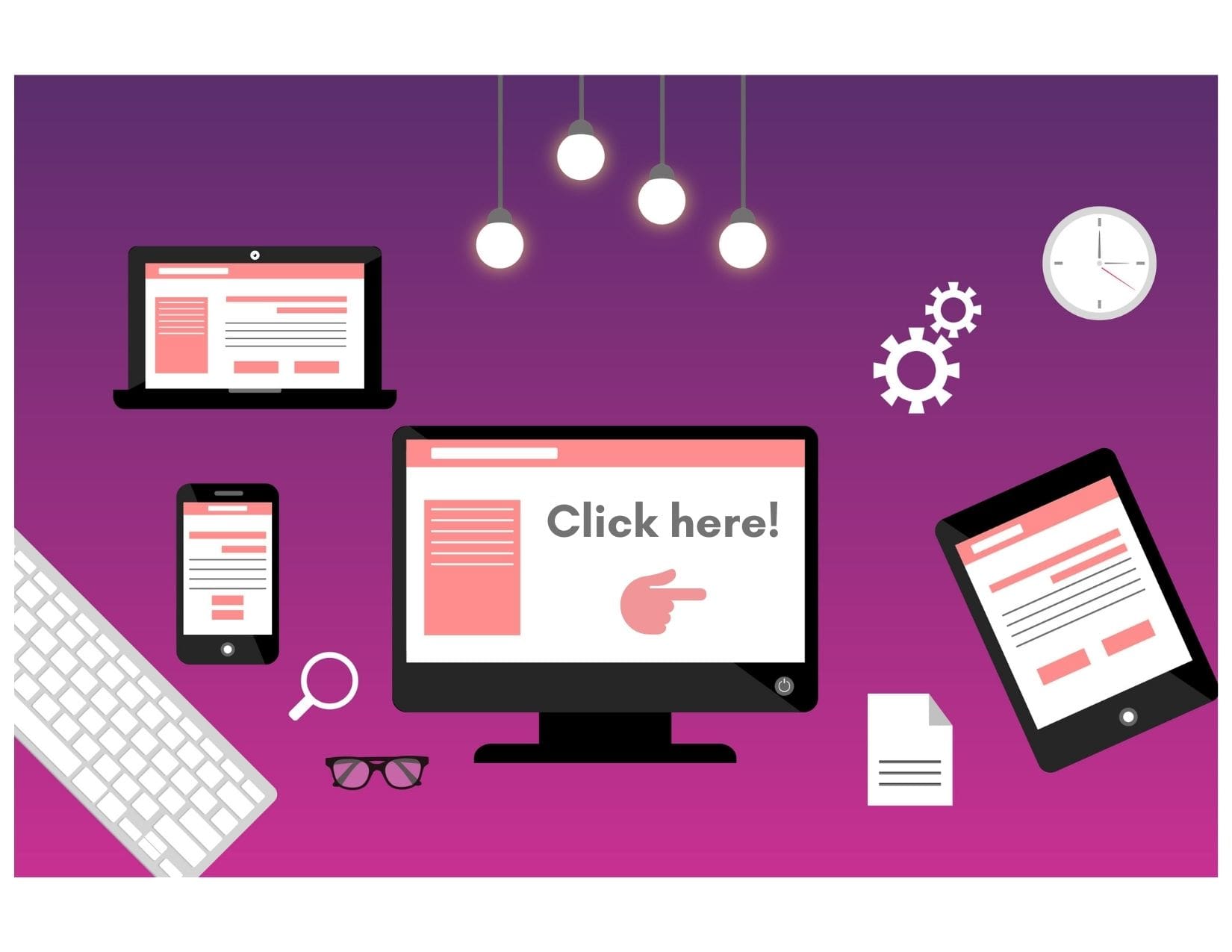
An attractive visual website design is important, but it’s not enough to get leads. You need to tell your visitors what you want them to do. This may seem obvious but some websites have so much information on their pages that visitors get confused and bounce off the page without ever taking action.
High converting websites tend to have a clear, prominent call to action (CTA) to guide visitors on what to do next.
You want them to download your whitepaper? Spell it out in your CTA: “Download this whitepaper.” Don’t assume they will know what the form on the landing page is for. Be specific and tell them to fill out the form in order to receive your special offer/demo/asset. Eye-tracking studies found that simply repositioning the gaze of the person featured in a photo on the landing page to point towards the call to action (rather than look directly at the viewer) can increase your website conversion rate.
You only have a few seconds to get their attention and take action, so spend some time thinking about how to better guide them to the action you want them to take.
Other ways to improve conversion rate on your landing page:
- Use contrasting colors for your CTA so it stands out on the page
- Tell your visitors exactly what will happen once they click/fill out a form
- A/B test your CTA copy to find out what phrasing converts better (such as “get it now” or “send my copy.”)
- Reduce the number of fields in your forms (5 or fewer tend to get higher conversion rates)
- Create benefits-oriented headlines in your copy (answer your prospect’s question: what’s in it for me?)
Implementing these tactics can help improve your website conversion rate. But keep in mind that what works for one business may not work for yours. Keep experimenting and analyzing the results to see what works and learn from what doesn't.
How conversion friendly is your website? Try our Website eValuator to assess the health of your website and see areas that need improvement.
with a Booster program for Healthcare companies.
